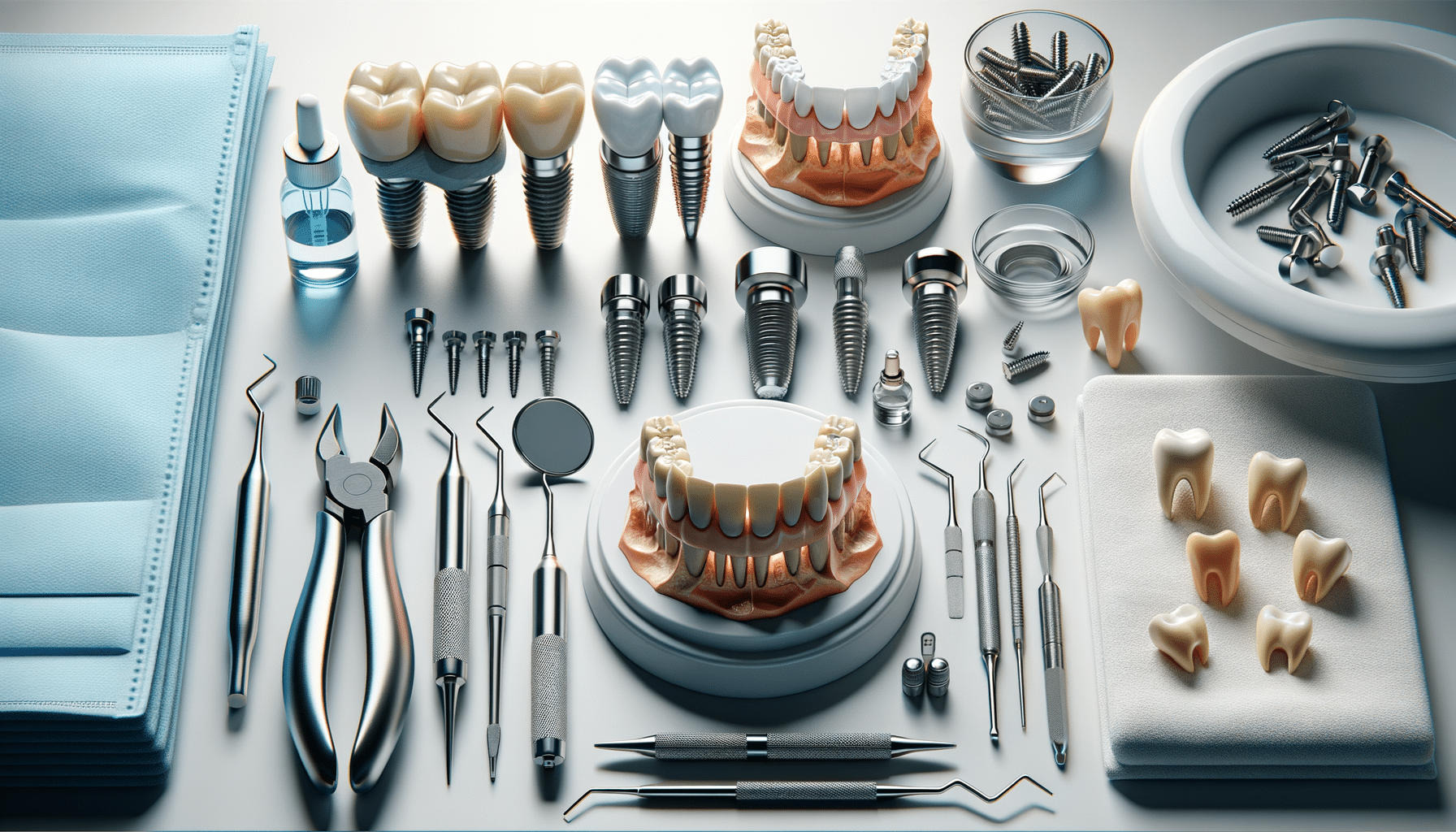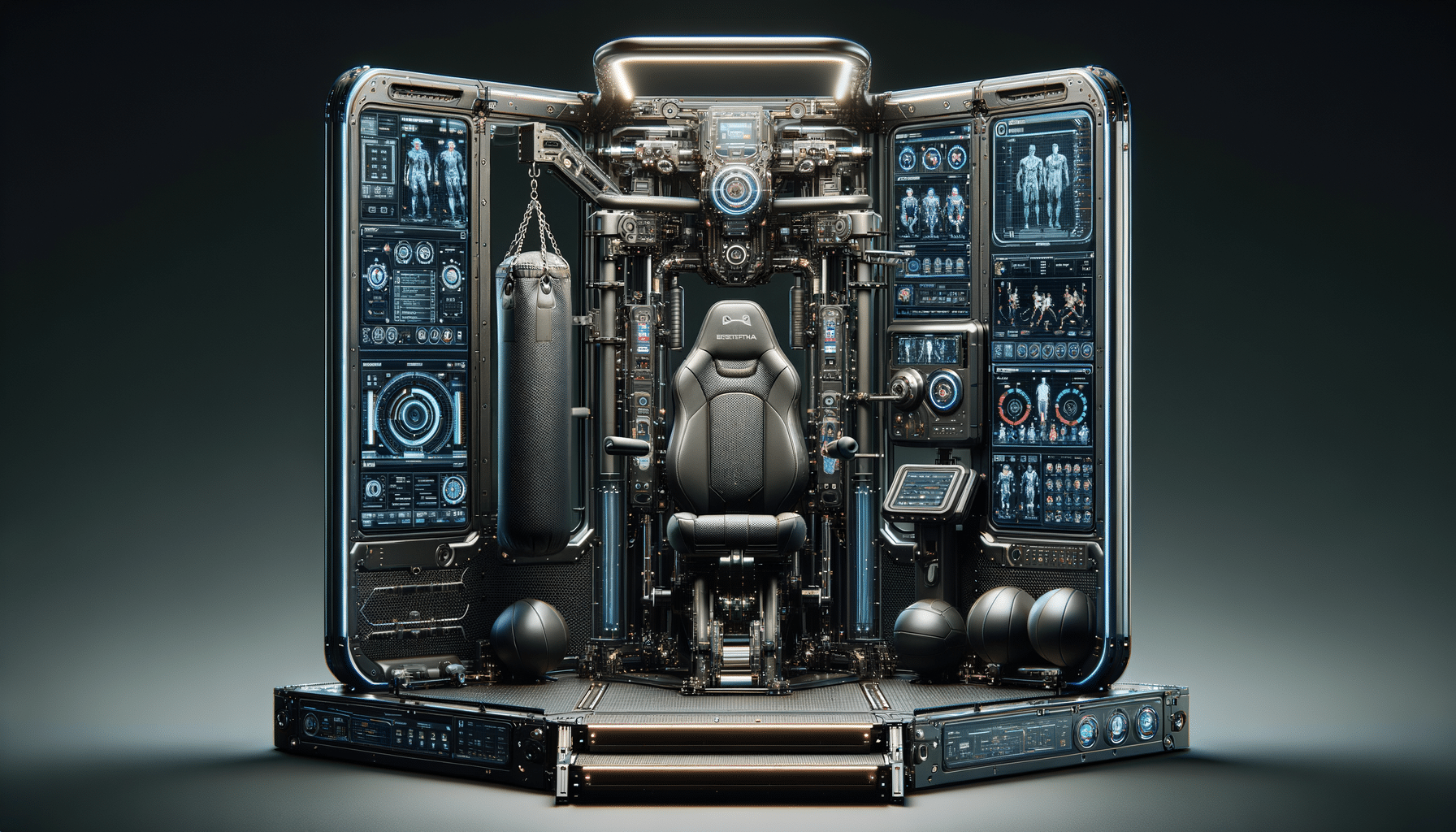
Power Washers: Your Secret Weapon for a Spotless Home & Yard
Introduction to Power Washers
Maintaining a clean and inviting home and yard can be a daunting task, especially when dirt and grime accumulate over time. This is where power washers come into play, offering a highly effective solution to tackle tough cleaning jobs with ease. Power washers are versatile tools that use high-pressure water jets to remove dirt, mold, mildew, and other debris from various surfaces. Whether it’s your driveway, deck, or siding, a power washer can rejuvenate your outdoor spaces and keep your home looking pristine.
How Power Washers Work
Power washers operate by using a motor or engine to drive a pump, which pressurizes water and expels it through a nozzle at high speed. This high-pressure stream of water is capable of removing stubborn dirt and grime that traditional cleaning methods might struggle with. The pressure output of power washers is measured in pounds per square inch (PSI), and the water flow rate is measured in gallons per minute (GPM). These two factors, PSI and GPM, determine the cleaning power of a power washer.
Power washers come in various types, including electric and gas-powered models. Electric power washers are generally quieter and more suitable for lighter cleaning tasks, while gas-powered models offer greater mobility and power, making them ideal for more demanding jobs. Key components of a power washer include:
- Motor or engine: Drives the pump to create pressure.
- Pump: Pressurizes the water for high-speed ejection.
- Nozzle: Controls the spray pattern and pressure intensity.
- Hose: Connects the unit to the water source and nozzle.
Understanding these components and how they work together can help you select the right power washer for your needs.
Applications of Power Washers
Power washers are incredibly versatile tools that can be used for a wide range of cleaning tasks around your home and yard. Their applications include:
- Cleaning driveways and sidewalks: Remove oil stains, dirt, and debris to enhance curb appeal.
- Washing decks and patios: Eliminate mold and mildew to maintain a safe and attractive outdoor space.
- Revitalizing siding: Clear away dirt and grime to refresh the exterior of your home.
- Preparing surfaces for painting: Ensure a clean and smooth surface for better paint adhesion.
- Cleaning outdoor furniture and equipment: Restore the appearance of patio furniture, grills, and more.
By utilizing a power washer for these tasks, you can achieve professional-level cleaning results without the need for harsh chemicals or excessive scrubbing.
Choosing the Right Power Washer
Selecting the appropriate power washer for your needs involves considering several factors, such as the types of surfaces you’ll be cleaning, the frequency of use, and your budget. Here are some tips to help you make an informed decision:
- Determine the PSI and GPM requirements: Higher PSI and GPM ratings offer more cleaning power, but may not be necessary for all tasks.
- Consider the power source: Electric models are suitable for light-duty tasks, while gas-powered units are better for heavy-duty jobs.
- Evaluate additional features: Look for models with adjustable nozzles, detergent tanks, and long hoses for added convenience.
- Assess the portability: Choose a model that is easy to maneuver and store, especially if you’ll be moving it frequently.
By taking these factors into account, you can find a power washer that meets your specific cleaning needs and provides excellent value for your investment.
Conclusion: The Benefits of Owning a Power Washer
Investing in a power washer can transform the way you maintain your home and yard, making cleaning tasks quicker and more efficient. With the ability to tackle a variety of surfaces and stains, power washers are invaluable tools for homeowners seeking to enhance their property’s appearance and longevity. Whether you’re preparing for a special event or simply want to enjoy a cleaner environment, a power washer can be your secret weapon for achieving a spotless home and yard.


